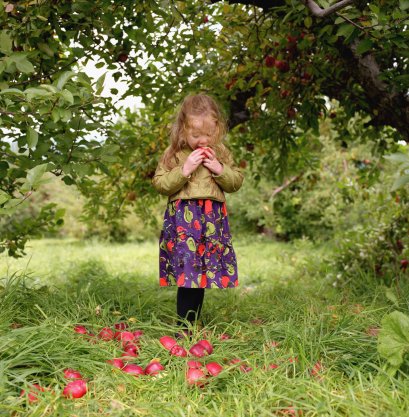I just recently planted this little creeping wintergreen plant in a shady spot in my garden. This plant first came to my attention while I was reading Farmer Boy to Lindsay. The character Almonzo and his siblings would dig in the snow for the red, mint-flavored berries. I was reading the book during the period I was getting more and more interested in foraging, native plants and edible plants in particular. Seemed like the perfect plant for me. Plus it is meant to grow in the shade. My tiny, Brookyn garden has several different zones. One of them is pretty deep shade once the neighbor’s mulberry tree fills in with leaves. I had been considering growing mushrooms, but somehow forgot about that endeavor.
In case you aren’t familiar with this beautiful, native plant, it bears bright read, slightly mealy berries in the winter. The foliage turns a lovely red also. What makes it so interesting is that it is the source of oil of wintergreen. All the flavoring for toothpaste, gum, candies, etc. came from this plant before an artificial wintergreen flavor was developed. I squished one of the berries and sure enough it had a very strong wintergreen scent. You can use the leaves to make a tea. The plants grow in the woods and have pretty bell-shaped flowers. Take a look around when you go hiking to see if you find the plant. Here’s a link that gives some more information on growing it and has a photo with the berries.
The plant likes well-drained, acidic soil. Hopefully it will like its spot in my garden and spread all over the place. In the meantime, I’m going to do some research to figure out what I can make with the natural wintergreen flavor.


